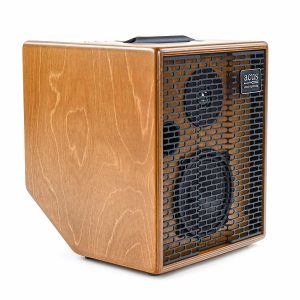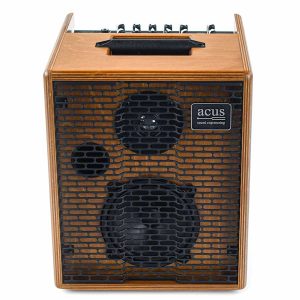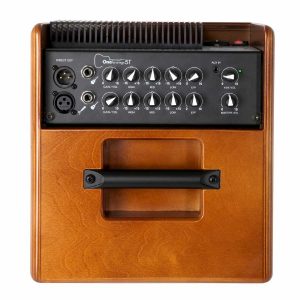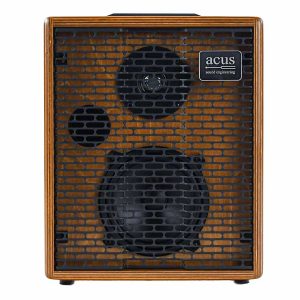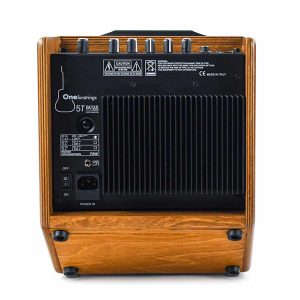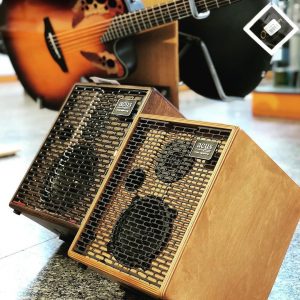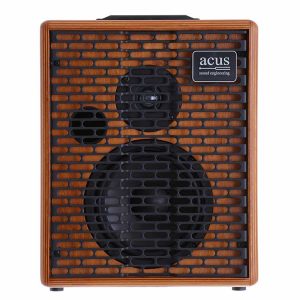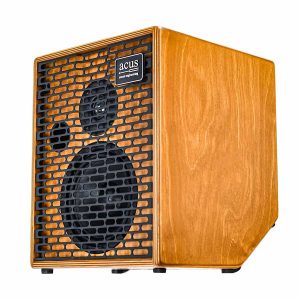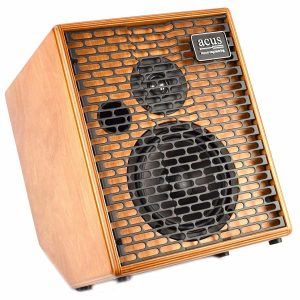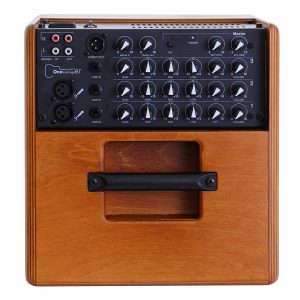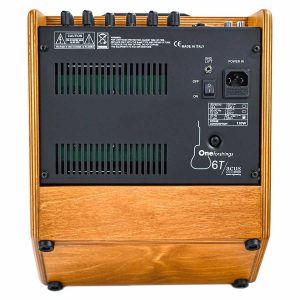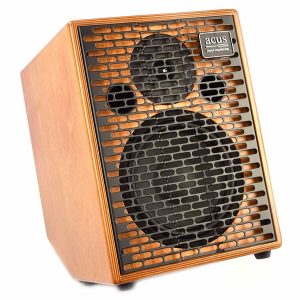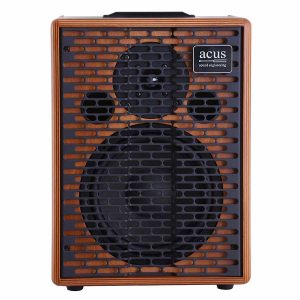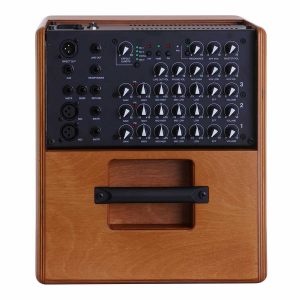An amp or amplifier is an electronic device that amplifies the volume of an audio electrical signal to obtain sufficient sound power. The amplifier is equipped with one or more speakers.
In the context of musical instruments, the amplifier intensifies the electrical signal sent by the musical instrument to make it audible to the spectators present.
An amp is an essential device for any musician who would perform in front of a public. For a violinist or cellist, it is important to choose the right amplifier for their instrument and their needs on stage.

